Information
A historical gathering
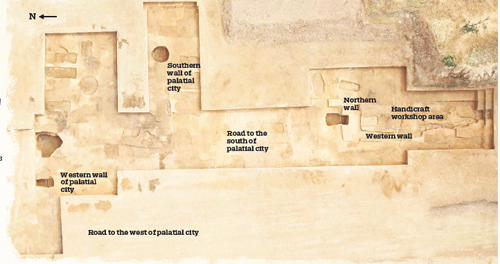
From million-year-old skulls to ancient ports, the country's archaeologists unearthed important discoveries last year, Wang Kaihao, Wang Ru and Lin Qi report.
Editor's note: China's top 10 list of archaeological discoveries of 2022 was released by the National Cultural Heritage Administration on March 28. Selected by 21 top-tier scholars across the country, the list showcases outstanding representatives of nearly 1,700 archaeological projects nationwide. China Daily reporters explain their significance in decoding the past and inspiring the present.

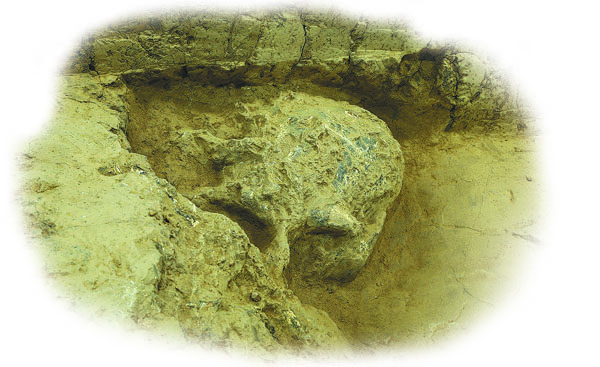
1. Xuetangliangzi site, Shiyan, Hubei province, from about 1 million years ago
The million-year-old human skull, found in May in Yunyang district (formerly Yunxian county) of Shiyan, is the best preserved skull fossil of its time ever discovered in the hinterland of Eurasian continent, providing key information in the study of Homo erectus.
The Xuetangliangzi site is famous for a milestone discovery of two hominid crania in 1989 and 1990. The two fossils, dating to between 800,000 and 1.1 million years ago, were named the No 1 and No 2 skulls of Yunxian Man by scientists, but they were found to be severely damaged.
However, the newly found No 3 skull is in a good condition and was buried in the same strata of the previous two. It will therefore fill in gaps of related studies on the origins of human beings and offer monumental impetus to decode the relationship between the evolution of Homo erectus and Homo sapiens in East Asia.
Laboratory-based follow-up research of molecular biology is still ongoing, and other scientific approaches are being used to analyze the natural environment of its time.
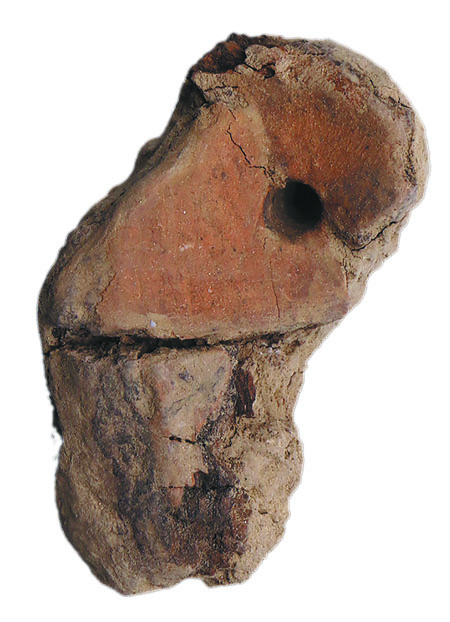
2. Zhaojiaxuyao site, Zibo, Shandong province, from 15,000 to 11,000 years ago
The discovery of this site came as a surprise to archaeologists who were then in the process of unearthing a tomb believed to be dated between the Warring States Period (475-221 BC) and the Han Dynasty (206 BC-AD 220), in Linzi district of Zibo. The following excavations and studies revealed that it used to be a site of human activity in a much older time.
Specialists found the ruins of three fireplaces and, surrounding them, more than 1,000 artifacts comprising mostly animal bones. There were also fragments of pottery, and stone and clamshell products.
The discovery of the Zhaojiaxuyao site is recognized as a major finding, because of its significance to the study of the transitional period from the Paleolithic to Neolithic period in North China and even Northeastern Asia as a whole.
The fire pits and pottery have helped picture how people back then used fire, not only for survival, but also to create the surroundings of their camp which demonstrated a sense of territorial occupation. It suggests a change in the connection between the people and the land, whereby after gaining experience of adapting themselves to the rules of nature, people of the time were beginning to reform it. It was a point at which they were ready to build settlements and step forward toward agriculture.

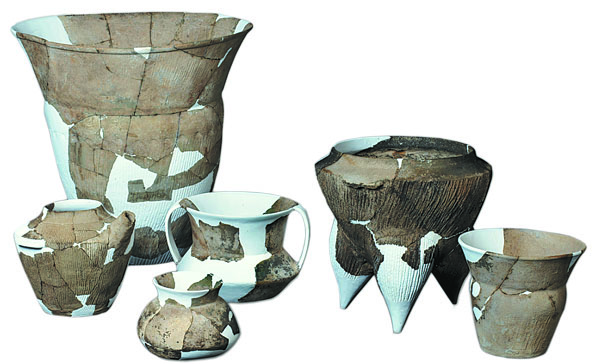
3. Bicun site, Xingxian county, Shanxi province, from 2200 BC to 1700 BC
This prehistoric city ruins with rigid structures demonstrated characteristics of military fortification and offered crucial clues on the mingling of various cultures across North China.
The site is about 50 kilometers from the Shimao site in Shaanxi province, a gigantic 4,000-year-old city ruins made of stone. Consequently, archaeologists considered Bicun site, also built using stones, marked the frontier of a regional power and probably played a crucial role in a complicated defensive system.
The city gates of Bicun are also among the best-preserved and most exquisitely designed prehistoric ruins of their kind ever found in China. For example, the eastern city gate, which was composed of three erected earthen mounds covered by stones, spanned 78 meters from north to south and 48 meters from east to west. The architectural complex also showcased a strong capacity to mobilize and coordinate social resources.

4. The road network of Erlitou site, Luoyang, Henan province, from the 18th to 16th century BC
Erlitou site was first found in 1959 and is thought to cover 3 square kilometers. It is home to a palatial architectural compound, national-level workshops for bronze ware, and a graveyard for nobles. Research over the recent decades indicated the site to be the last capital city of the Xia Dynasty (c. 21st century-16th century BC), the first united central dynasty recorded in Chinese history.
Thanks to the crisscrossing road network, which was newly unearthed, the city was separated into grids with various functional domains. The roads near the palace area were found to be 18 meters wide, and in some sections of the city, they were also walled.
Discovery of lacquered pottery also filled some gaps in handicraft studies in the region.
This rigidly designed urban layout of a capital city laid a crucial foundation for national systems and civilizations in later periods. It also provided references for the exploration of other city ruins from subsequent centuries.
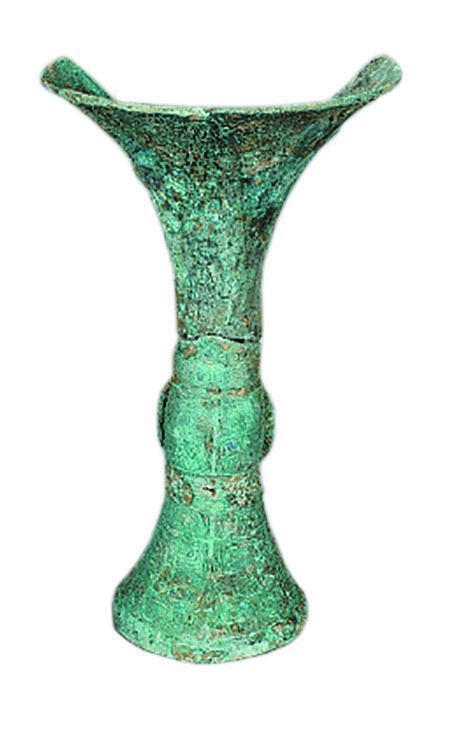
5. The royal mausoleum site of Yinxu Ruins, Anyang, Henan province, from the late period of the Shang Dynasty (c. 16th century-11th century BC)
First found in the 1920s, Yinxu Ruins became well-known worldwide as the home of oracle bone inscriptions, the oldest-known Chinese written characters, which elevated the Shang Dynasty from a legend into actual history.
A greater number of findings have been made that offer further evidence and details of the Shang Dynasty. The recent findings on the Yinxu site have reshaped people's previous understanding of the royal mausoleum area of this Shang capital city and the grand picture of its dynastic history.
For example, more than 460 sacrificial pits were newly discovered, and trenches have been found to surround the graves and sacrificial pits, which are believed to be part of a moat system developed to safeguard the mausoleum. They also provide new references for the ongoing construction of Yinxu National Archaeological Ruins Park.

6. Xitou site, Xunyi county, Shaanxi province, from the Western Zhou Dynasty (c. 11th century-771 BC)
The area, tucked in the hinterland of the Loess Plateau, with the Jinghe River running across, preserves the keys to tracing the origins of Chinese civilization. The excavation of the city site, as well as a surrounding complex of graves, have convinced professionals that they have found the largest ever relic site of its time in the region.
Archaeologists have identified ruins of roads and paths, architectural foundations, copper smelting operations and granaries at the site. The findings provide clues to the size of the settlement and the ways it administered, managed and allocated resources.
Another key finding at the site is the graveyard of the social elite in the city, revealed by the structure of the tombs and a number of burial objects. The funeral goods were likely from multiple tribes, which hints at the social landscape and etiquette of the early stage of the Zhou Dynasty, as well as how its rulers exercised authority in the areas along the Jinghe River.
The discoveries also give encouragement to historians who are determined to pinpoint "bin", a region mentioned in historical records and believed to be a center of activities of Zhou's founders.
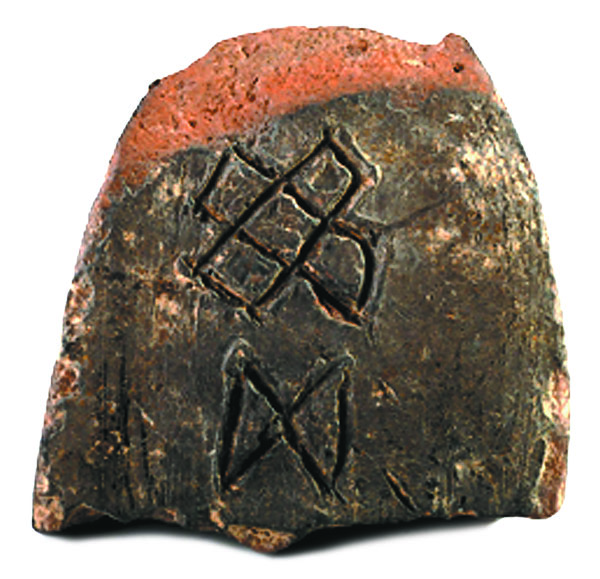
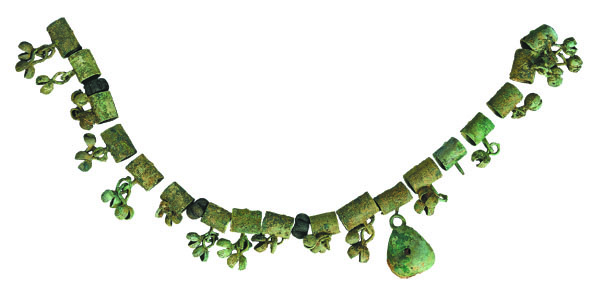
7. The grave complex of the Dasongshan site, Gui'an New Area, Guizhou province, from the Western Jin Dynasty (265-316) to the Ming Dynasty (1368-1644)
The long continuum of graveyards offered a benchmark of archaeological studies of the region and unrolled a panorama of various ethnic groups' daily life in Southwest China across 1,400 years.
When daily objects and ornamental pieces from different periods of time were found at clusters of tombs in Machang town, archaeologists felt they were set to open a treasure trove of history. As their work proceeded at the site, nearly 2,200 tombs spanning several centuries have been excavated in which more than 4,000 artifacts were brought into the spotlight, including items made of gold, silver and copper, ceramics, wares of lacquer, glass and jade, to name just a few.
Early tombs at the site were primarily family graveyards, while centuries later, more public cemeteries were built in the area.
It shows the gradual rise of Guiyang to be a center of economic and social activities in Guizhou, as the population continued to immigrate to the city and its neighboring areas.
The diversity of the funeral objects is testimony to the booming trades and cultural links between the communities in Guizhou and those on the Central China Plains, which contributed greatly to the unity of Chinese nation.
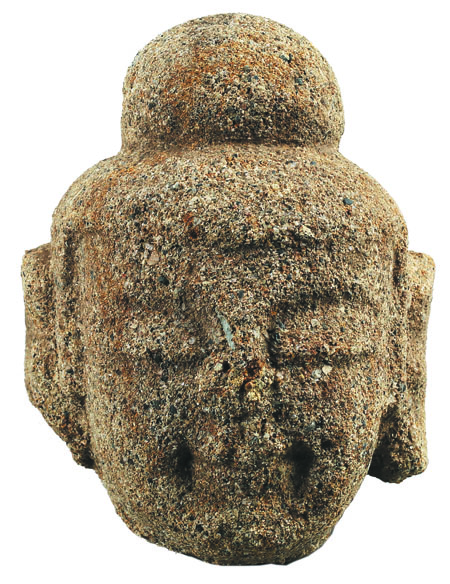
8. The temple ruins of Guchengcun, Hunchun, Jilin province, from the 5th century
New findings largely contributed to studies of Buddhist cultures in two states, Gaogouli (Goguryeo) and Bohai (Balhae), which were influenced by counterparts on the Central China Plains.
The No 1 temple, dating back to the 5th century, is the first Gaogouli (37 BC-AD 668) Buddhist temple ever found in China, and one of the earliest Buddhist temple sites in Northeast China.
The No 2 temple was of high social status in the Bohai state (698-926). It helps in the study of the layout and architectural structure of temples in the Tang Dynasty (618-907), and Sarira (bead-shaped objects that were found among the cremated ashes of Buddhist spiritual masters) burial system in ancient China.
Buddhism began to be spread in China during the Han Dynasty (206 BC-AD 220) and reached a climax from the Three Kingdoms period (220-280) to the Southern and Northern Dynasties (420-581). But understanding and explaining the spread of Buddhism in Northeast China during those times was difficult until the finding of the Buddhist statues on this newly unearthed site.

9. Zhouqiao bridge site and Bianhe canal ruins, Kaifeng, Henan province, from Tang (618-907) to Ming (1368-1644) dynasties
Zhouqiao bridge was a landmark structure at the intersection of Yujie, a major road on the central axis of the imperial city of Kaifeng (then called Dongjing), capital of the Northern Song Dynasty (960-1127), and the Bianhe River section of the Grand Canal, the world's longest artificial waterway. It was built in the Tang Dynasty and buried in mud in 1642 during the Ming Dynasty.
Archaeological work has made clear different structures of the bridge in the Song (960-1279) and Ming dynasties respectively, and the whole architectural system. It also shows the process of building, prosperity and abandonment of the Kaifeng section of the Bianhe River from Tang to the Qing Dynasty (1644-1911).
Exquisite stone carvings have been discovered on walls of the embankments of the Bianhe River, with auspicious patterns of mythical sea beasts, cranes and clouds.
The site is important for the study of the layout of ancient cities. It offers evidence for changes of the Grand Canal and gives researchers a glimpse at the Song and Ming arts.
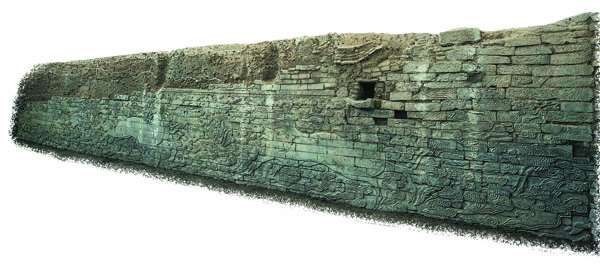
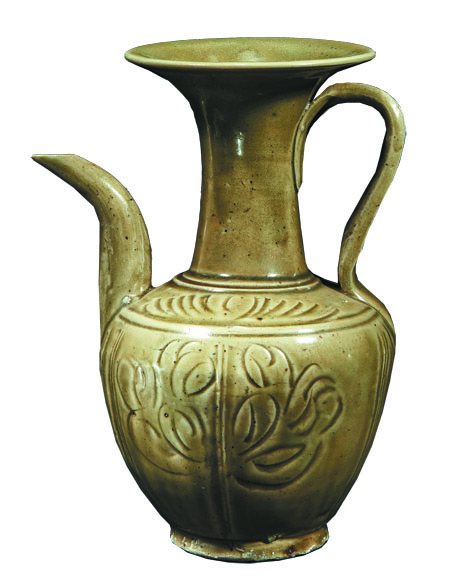
10. Shuomen ancient port ruins site, Wenzhou, Zhejiang province, from the Song Dynasty (960-1279)
New findings at the Shuomen ancient port ruins site in Wenzhou, Zhejiang province, unveil the old Wenzhou port which prospered during the Song and Yuan (1271-1368) dynasties. Major remains of the site include architectural remnants, docks, wells, a wooden trestle, shipwrecks and more than 10 metric tons of porcelain items, lacquerware and brick carvings.
Song and Yuan periods saw a peak in ancient Chinese maritime trade, and Wenzhou used to be an important port on the ancient Maritime Silk Road.
According to Liang Yanhua, director of Wenzhou Institute of Cultural Relics and Archaeology, findings at the site provide key evidence proving Wenzhou used to be the starting port for the export of Longquan celadon produced in the Longquan Kiln, Zhejiang province.
From the Southern Song Dynasty (1127-1279) to the middle of Ming Dynasty (1368-1644), Longquan celadon played a major part among the porcelain sold to overseas countries, and was called the first commodity with global appeal from China before the Age of Exploration.
Wenzhou became a main distribution center and starting point transporting Longquan celadon to other countries, proved by the dock relics and piles of porcelain pieces discovered at the site.
Shuomen ancient port thus provides important clues as a port site on the Maritime Silk Road. It is a large-scale site with a complete port system and rich cultural connotations, and plays an important role in the history of marine navigation.
Category: English
News
Information
Key words:
